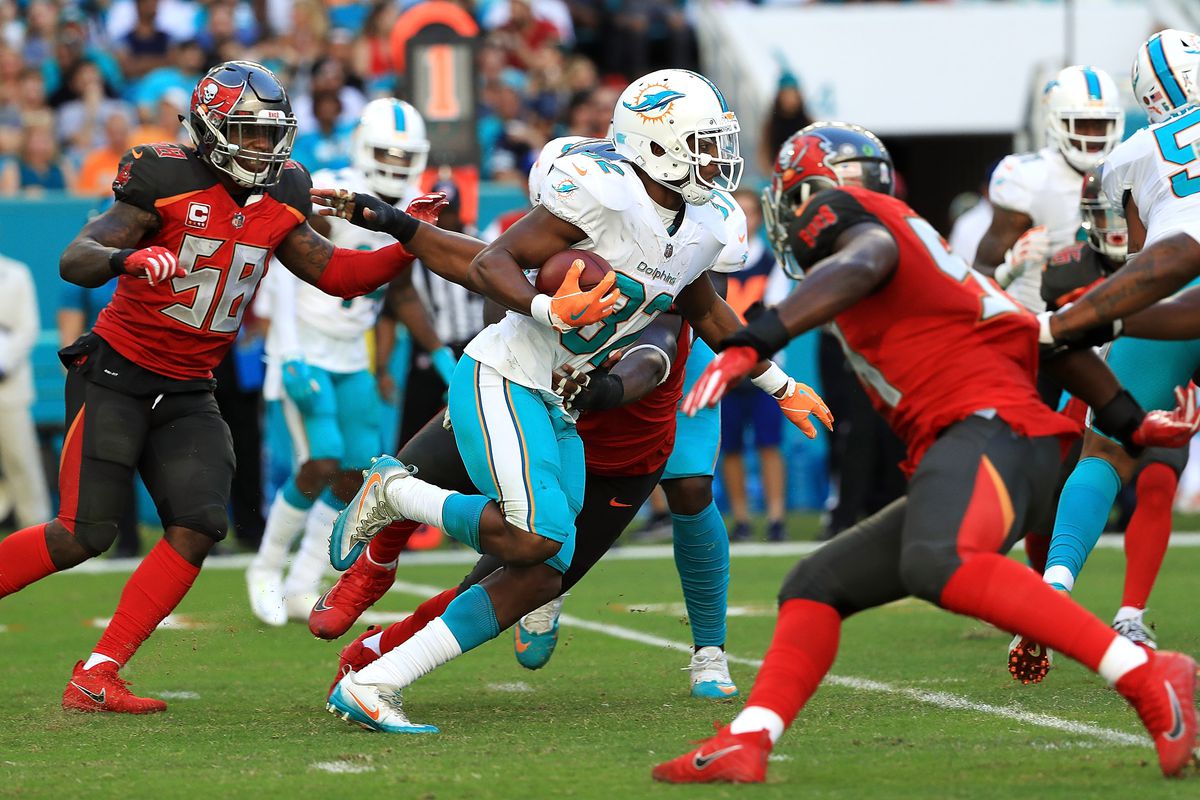The clocks run differently in the NFL during the Pro Bowl. Literally. But the new rules are also about avoiding kickoffs.
Munich – The Pro Bowl is a playground for the stars. Here they can really let off steam and prove their skills before they leave for the offseason.
For the NFL, however, the All-Star Game is also a kind of experimental field. The game is an excellent opportunity to test out new rules.
This year, the AFC vs. NFC duel at Allegiant Stadium of the Las Vegas Raiders once again includes two major changes compared to the other season games.
Coin Toss to be followed by “Spot and Choose” method
This starts with the Coin Toss. For this, the NFL takes up a suggestion from the Baltimore Ravens: the so-called spot and choose method. First, the coin is tossed as usual, with the head coach or the team captain of the visiting team having to choose heads or tails.
The winner of the coin toss then gets to choose whether to decide on the starting point of the game – i.e. where the ball is spotted – and the direction of play, or on possession itself. In any case, “spot” goes before “choose”. It is therefore first determined at which yardage mark the ball will be placed before it is clear who will start with their offence.
At the start of the second half, “Spot and Choose” again.
For example, if the visiting team wins the coin toss and chooses “Choose”, the host can have the ball placed exactly on the halfway line and the visiting team then chooses to send their offence onto the field. At the start of the second half, the loser of the coin toss can then choose between “Spot” and “Choose”.
So it may be that one team decides twice on the ball position and the other decides twice on the right of attack. The method would also apply in an overtime, then after another coin toss.
Team can keep the ball after touchdown without onside kick
Further rule changes to the games of the past months are already known from recent Pro Bowls. For example, a team is allowed to decide how to continue the game after its own offence has scored.
Either the opponent gets the ball at their 25-yard line and starts with 1st & 10 (quasi the touchback), or the team keeps the ball itself and starts the attack at their own 25-yard line with 4th & 15, which would be the replacement of the onside kick, so to speak.
No more kickoff needed in Pro Bowl
So it appears that the kickoff has had its day in the Pro Bowl. Because of the high speed that the players of the team handing the ball reach when they rush towards the returner, the play carries a particularly high risk of injury. The NFL wants to avoid this.
If no new first down is gained at 4th & 15, the opponent is allowed to start his offence where the attack was stopped. This is therefore in any case in the opponent’s territory.
Less time between the Snaps
In addition, instead of the 40/25-second clock, a 35/25-second clock generally applies at the Pro Bowl. This means that the offence has five seconds less than usual between snaps to discuss and start the next play.
After an incomplete pass, the clock will not start until the referee signals – exceptions are the last two minutes of the first half and the last five minutes of the second half. A difference to other games where the clock never starts by itself after incomplete passes.






Comments
No Comments